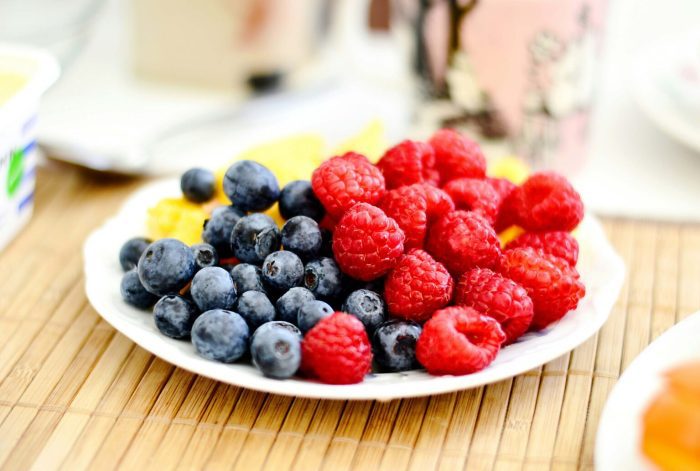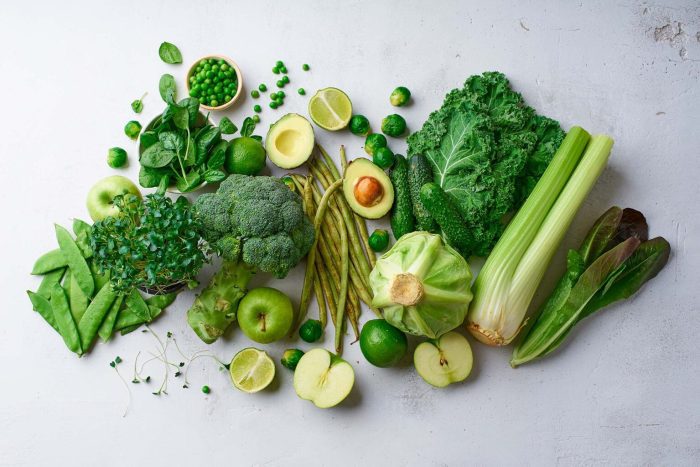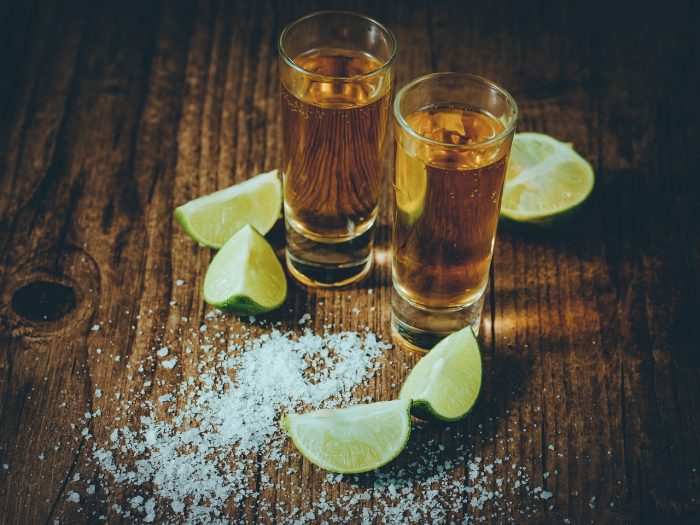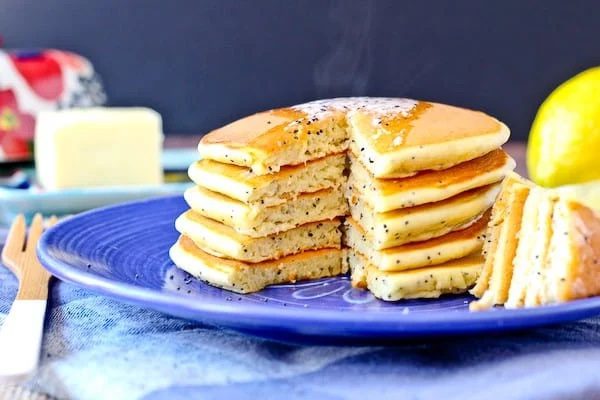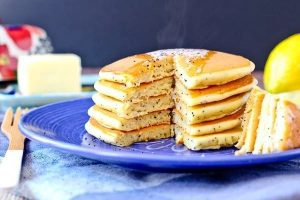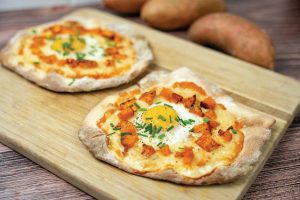By Tara Mae
Theatre Three gives the public an opportunity to say “Thank you for being a friend,” with The Golden Girls Gone Wild: A Murder Mystery at Dorothy’s Wedding & Brunch on Sunday, April 13, at 11 a.m.
A benefit for Theatre Three, this interactive experience on its Second Stage is based on characters from The Golden Girls (1985-1992), a television comedy series about four previously married women: Dorothy, Rose, Blanche, and Dorothy’s mother, Sophia, who share a Miami home, hardships, and happiness as they navigate life and love together.
In this installation, Dorothy is about to get remarried, but seeing the bride before the ceremony proves to be fatally bad luck for the groom.
Rather than spectators of this unfolding performance, attendees are cast as wedding guests. While patrons partake of a menu provided by Theatre Three that includes mimosas, Bloody Marys, cinnamon French toast casserole, sausage-egg-and-cheese casserole, yogurt, fruit parfaits, cakes and cookies, festivities take a fun, funereal turn when the groom meets a suspicious end.
Now tasked with finding the murderer, participants get clue packets to help Dorothy, Rose, Blanche, and Sophia solve the crime. Ballots are also supplied so people can write down who they think the murderer is and why. Hilarity and hijinks ensue as they work together on the whodunit.
“I’m excited to have our audience members—many of whom are longtime subscribers and friends of the theater—actively involved in the theatrical experience. It’s also a great opportunity to break the fourth wall in a way that’s usually not possible,” Theatre Three’s Artistic Associate/Director of Development Douglas Quattrock said.
Instead of actors and audience, cast and congregants are collaborators in amateur sleuthing.
The show is the brainchild of writer/director/producer Keith Dougherty. Proprietor of Murder Mystery Manhattan, he specializes in writing unauthorized parodies that spoof popular TV shows and film, as well as spoofs of cult classic films and TV shows. This is his first time working with Theatre Three.
“Personally, I like writing all the Golden Girls scripts because not only are the main characters iconic, but the show was so ahead of its time with many of the topics they tackled that are still relevant today,” Doughtery said.
The Golden Girls Gone Wild features Dougherty as Dorothy Soreback; Laurel Riley Brown as Rose Nylon; Teri Monahan as Blanche Devilho; Amanda Baumler as Sophia Barilla; and Timothy Scott Harris in a dual role as Phil and Pat McCrotch.
“One of our longtime patrons had seen them perform before, and when she attended our previous murder mystery event, she recommended them to me,” Quattrock said.
This partnership is part of Theatre Three’s ongoing creative effort to raise money for the arts and simultaneously regale its supporters. Unlike many previous fundraisers, which have been project oriented, this production is designed to support the theater as a whole.
“While we typically allocate fundraisers to specific causes, this one will support all of Theatre Three’s ongoing programs. We wanted to ‘spread the wealth,’ so to speak,” Quattrock said. “There are many worthwhile causes, and we felt that supporting all of them would be particularly helpful at this time.”
Showcasing The Golden Girls Gone Wild for such an endeavor is a worthy undertaking to Dougherty, melding entertainment with outreach. “Murder Mystery Manhattan always likes to give back to the community and is happy to perform for a good cause,” he said. “We love what we do and appreciate the audiences and venues whose support allows us to continue to do what we love.”
—————————————–
Tickets are $125 each and includes brunch. The show runs approximately three hours. All proceeds benefit Theatre Three, located at 412 Main Street, Port Jefferson. To order, call 631-928-9100 or visit www.theatrethree.com.




 The Selden restaurant joins 10 other Chick-fil-A restaurants serving Long Island, including Port Jefferson Station, Commack, Smithtown, Huntington, Farmingdale and the recently opened location in Farmingville in Suffolk County. Additional restaurants are planned for Medford, West Babylon and Lake Ronkonkoma.
The Selden restaurant joins 10 other Chick-fil-A restaurants serving Long Island, including Port Jefferson Station, Commack, Smithtown, Huntington, Farmingdale and the recently opened location in Farmingville in Suffolk County. Additional restaurants are planned for Medford, West Babylon and Lake Ronkonkoma.
